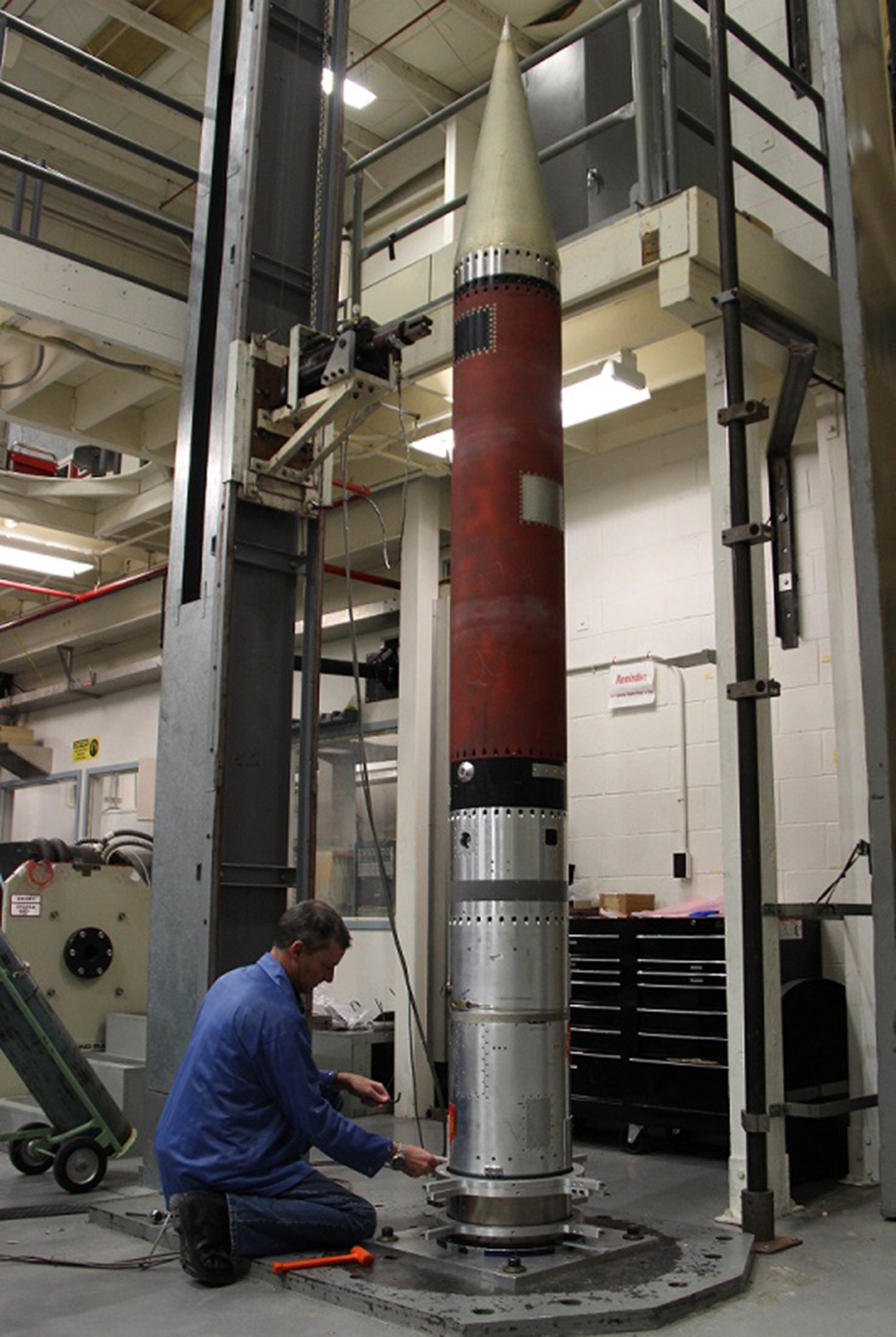The launch of a suborbital sounding rocket between 7 a.m. and 10 a.m. EST, March 7, from NASA’s Wallops Flight Facility in Virginia will carry three new technologies in the microgravity environment of suborbital space. The backup launch days are March 8 – 12.
Before an instrument or new technology is installed on a spacecraft it should be flight tested and shown that it can operate in the harsh environment of space where it will need to function.
The technologies flying on the Terrier-Improved Orion rocket are the Radiation Tolerant Computer System (RadPC) from Montana State University, Bozeman; the Vibration Isolation Platform (VIP) from Controlled Dynamics, Huntington Beach, California; and Sub-Orbital Aerodynamic Re-entry Experiments-9 (SOAREX-9) from NASA’s Ames Research Center, Moffett Field, California.
For the RadPC, engineers are looking to increase its technology readiness level by demonstrating it in increasingly challenging space environments. The system has been tested on commercial high altitude balloons, NASA scientific balloons and commercial suborbital rockets.
“The computer system uses a novel architecture where spare circuits are brought online to replace other circuits that may have been struck by ionizing radiation,” said principal investigator Brock LaMeres from Montana State. “The computer is built using off-the-shelf parts so it promises to deliver increased computation at a fraction of the cost of an existing space computer, if we can successfully demonstrate a fault mitigation strategy.”
For the VIP, the flight will demonstrate a vibration isolation device to reduce spacecraft disturbances during microgravity. VIP was also flown on developmental flights on both the space shuttle mission STS-73 and two commercial suborbital rockets.
“The VIP provides a free-floating mounting platform that is completely isolated from the disturbances and vibrations of the host vehicle or other payloads. Non-contact isolation allows the experiment to float freely in the sway space between the host vehicle and the platform,” said principal investigator Scott Green.
“Active stabilization allows the platform to cancel any disturbance from the experiment or connected umbilicals, and allows for precisely controlled acceleration environments uniquely tailored to the mounted payload,” Green said. “For optical payloads, this includes scanning and precision tracking. For g-sensitive research experiments, this includes programmable excitations designed to influence and optimize the research results.”
Much of the SOAREX-9 payload components have evolved from a previous test flight conducted from Wallops in July 2015.
“Wireless Sensor Modules (WSM) are now much smaller and more capable,” said Ames’ principal investigator Marc Murbach. “Also, our camera technology is improved. In short, this is an incremental test flight of our TechEdSat-5 nano-satellite we plan to deploy from the International Space Station during the summer.”
“SOAREX-9 also will enable us to develop the techniques needed so that when we over-fly Wallops during the TechEdSat-5 mission, we will be able to get optical and WSM data through the downlink directly to the satellite telemetry receivers at Wallops,” Murbach said.
NASA’s Space Technology Mission Directorate is sponsoring the technologies flown on this flight.
The 448-pound two-stage rocket is predicted to reach 100-miles altitude and impact in the Atlantic Ocean 56 miles from Wallops Island 19 minutes after launch. Parachute recovery of the payload is planned.
The launch may be seen in the Wallops region from southern Delaware to the mouth of the Chesapeake Bay.
The NASA Visitor Center at Wallops will be open at 6 a.m. for viewing the launch.
Live coverage of the launch is available via UStream beginning at 6:30 a.m. on launch day. The status also can be followed on launch day on Twitter and Facebook.
The launch is conducted by NASA’s Sounding Rocket Program at Wallops. NASA’s Heliophysics Division manages the sounding rocket program.
-end-
Keith Koehler
NASA’s Wallops Flight Facility
keith.a.koehler@nasa.gov






























